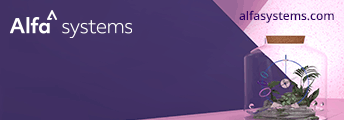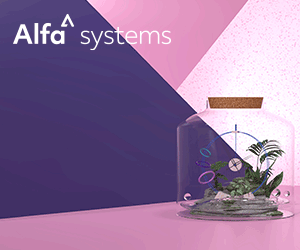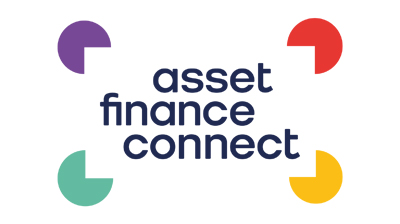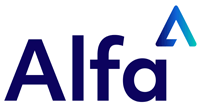The study recognises that the overall global healthcare industry is influenced by several factors such as increased life expectancy, the consistent rise in geriatric population, the escalating rise in national healthcare spending and the increased incidence of chronic disorders.
Also, it is witnessing the widened horizons of the private healthcare sector compared to the public healthcare sector.
All these factors are creating an increased need - and demand - for efficient medical equipment to facilitate effective diagnosis and treatments.
Furthermore, due to these factors, private and public healthcare organizations, and healthcare service providers, are under constant pressure to match the pace of medical technologies and be able to offer optimum treatment and care despite of budget constraints.
A high degree of obsolescence
Currently, the purchase of medical equipment loaded with novel technologies and features involves high costs and also, due to the rapid pace of technological development, suffers from a high degree of obsolescence in medical devices – resulting in the regular and costly need for upgrading.
As a result, together with uncertain global economic conditions, more and more medical equipment providers are offering medical equipment leasing or procuring the equipment on a rental basis.
The rationale behind this is that leasing or rental provides influential financial benefits as compared to traditional loans and credit purchases. Also, leasing is of benefit to those hospitals, laboratories, blood banks and others that are influenced by tight budgets.
Some of the most commonly leased medical devices are ultrasound, remote patient monitoring equipment, X-ray systems and other laboratory equipment.
Maintaining a balance
Some factors such as limited budget constraints of hospitals, nursing facilities, and commercial diagnostic laboratories, among others, provide lucrative scope for growth in this market. Leasing also enables healthcare service providers to maintain a balance between monthly payments with respect to monthly patient throughput rates and match this with strengthened business presence and optimized profits.
The major benefits of leasing medical equipment are tax advantages, cash conservation and also a protection to the business from obsolescence.
The capital budgets of many healthcare centers and hospitals have been greatly affected by the economic downturn and the ongoing uncertain economic environment. Owing to these factors, hospitals themselves are increasingly adopting operating lease agreements since these eliminate the waiting for the accumulation of enough capital budgets to acquire the medical equipment.
Also, hospital and healthcare service providers are increasingly interested in acquiring bundled products such as equipment, software and other services from a single source.
Europe promises to be a particularly lucrative market for medical equipment leasing owing to budget constraints faced by its hospitals and increasing incidences of chronic disorders in the region.
North America also promises impressive growth in this market due to the rapid rise of small clinical facilities and diagnostic centres. The Asia-Pacific region and other emerging economies, however, exhibit a very limited scope at present owing to the nascent stage of the market in these regions.
Some of the major companies offering medical equipment lease are GE Healthcare, Agfa Finance Group, Philips Medical Systems, Stryker Corporation, Hill-Rom Holdings Inc., De Lage Landen International B.V., Apria Healthcare Group, Oak Leasing Ltd., and Siemens Financial Services.
This research report analyzes this market depending on its market segments, major geographies, and current market trends.
Medical Equipment Rental Market - Global Industry Analysis, Size, Share, Growth, Trends and Forecast, 2013 – 2019 (http://www.transparencymarketresearch.com)







